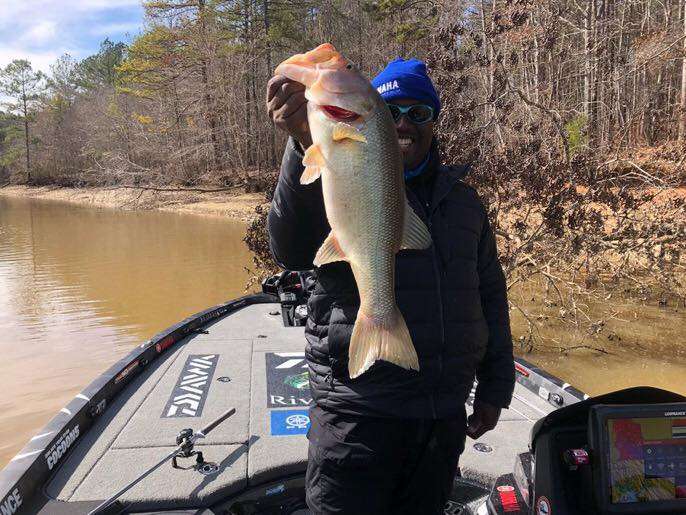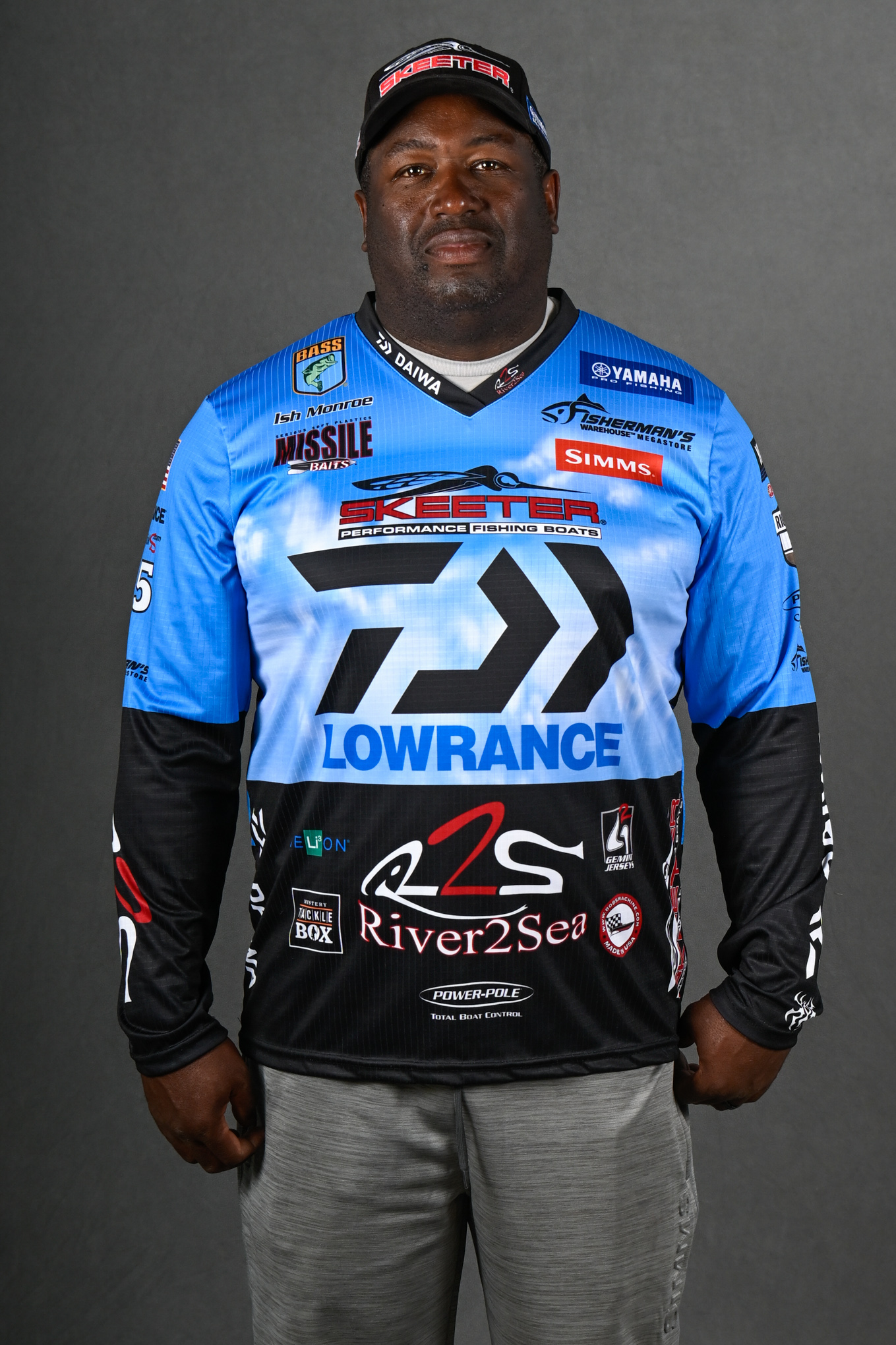
If you want to consistently catch bass, you’d better learn to flip and pitch. It’s the most reliable way to catch them day after day regardless of where you’re fishing and regardless of whether you’re looking for size or for numbers.
Decades on the water have taught me that if you can find bass holding in the weeds in water that’s between 3 and 6 foot deep in one spot you’ll be able to find them in similar spots all over the lake. Mostly, they don’t move that far.
That’s also true with dock patterns. They might move back or out, or from shallow to deep, but they’ll be around the docks. The best way to target them is with a flip to a post or a pitch to the other areas around them.
Think about high water. It frequently moves the bass back with it. Pitching, or in some narrow situations flipping, is really the only way to get a lure to them. It’s often difficult to cast because of overhanging limbs and other things that get in the way, and it’s not always possible to skip a bait back because of stuff on the water’s surface. Neither one of those things bother a pitch.
There are times, especially at this time of the year, when you can get a topwater bite going. They’ll kill it. But that bite is most likely going to be happening in the early morning and in the late evening or when there’s heavy cloud cover around. The rest of the day will be more or less dead on top. Not always, but as a general rule.
That’s not true with a good flipping or pitching bite. They might move in or out a little ways but they’ll still be within range. Even better, that bite often holds for days at a time.
The one situation where a flipping or a pitching bite might not work is when the water is dropping, fast and hard. When the bass move out you might be better off casting because you can cover more water that way. But that doesn’t happen very often and it’s easy to deal with when it does happen.
There is one thing about these techniques that we need to address, however. A lot of anglers have trouble pitching light lures. It’s relatively easy to pitch a 3/4 ounce bait. Just give it a little forward motion and it’ll go out forever. That’s not always the case with light lures.
The thing about that is that most of the trouble with light lures comes because anglers don’t understand the process. The rod is only something to help you get a good hookset and to help you pull the bass back towards you. Distance and accuracy come from the reel. You must have a spool that rotates with little or no friction and a braking system that stops the spool instantly.
I’m not exaggerating when I tell you that I can pitch a weightless trick worm more that 50 feet with the right reel and a cue stick for a rod.That’s because I pitch — and flip for that matter — with a Daiwa Tatula reel that’s made for the techniques we’re talking about. The spool rotates freely and the brake stops it instantly. My rod, also a Daiwa Tatula, has nothing to do with getting the bait to my target. It does, however, help me horse out the big ones.
Learn to pitch and flip. You’ll catch more bass.

